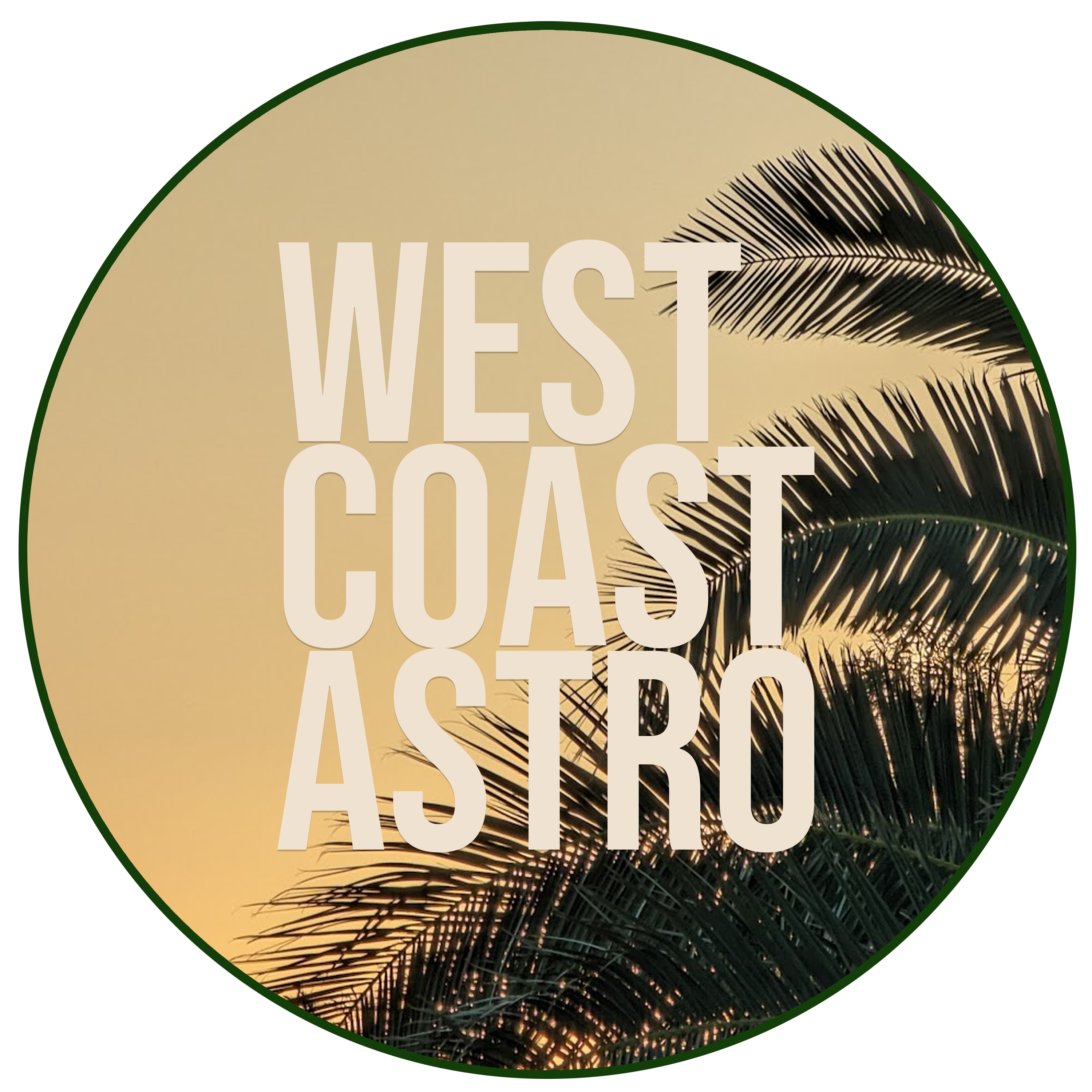
NOVEMBER 2025 (Northern Hemisphere)
| 2 | Venus 3.5° NNE of Spica at 8h UT (16° from Sun, morning sky). Mag −3.9. |
| 2 | Moon near Saturn at 9h UT (evening sky). Mag. 0.9. |
| 5 | Southern Taurid meteor shower peaks. Active from Sept 23 to Dec 8. Associated with Comet 2P/Encke. • Taurids (Wikipedia) • Southern Taurids (American Meteor Society) • 2025 Meteor Shower Calendar (PDF) (International Meteor Organization) |
| 5 | Full Moon at 13:19 UT. Supermoon. |
| 5 | Moon at perigee (closest to Earth) at 22:40 UT (distance 356,833km; angular size 33.5′). |
| 6 | Mercury at southernmost declination (−25.0°) at 11h UT (evening sky). Mag. 0.1. |
| 6 | Moon near the Pleiades at 17h UT (morning sky). |
| 8 | Comet C/2025 A6 (Lemmon) at perihelion. Mag. 4.6. • C/2025 A6 (Lemmon) (Wikipedia) • C/2025 A6 (Lemmon) (Orbit & Observations) |
| 8 | Moon near M35 Cluster at 20h UT (morning sky). |
| 9 | Mercury 3.9° NW of Antares at 5h UT (24° from Sun, evening sky). Mags. 0.4 and 1.0. |
| 10 | Moon near Castor at 2h UT (morning sky). |
| 10 | Moon near Pollux at 7h UT (morning sky). |
| 10 | Moon near Jupiter at 10h UT (morning sky). Mag. −2.4. |
| 11 | Moon near Beehive Cluster (M44) at 8h UT (morning sky). |
| 12 | Northern Taurid meteor shower peaks. Active from Oct 13 to Dec 2. Occasional bright fireball. • Taurids (Wikipedia) • Northern Taurids (American Meteor Society) • 2025 Meteor Shower Calendar (PDF) (International Meteor Organization) |
| 12 | Last Quarter Moon at 5:28 UT. |
| 13 | Moon near Regulus at 1h UT (morning sky). Occultation visible from Russia, Svalbard, eastern Greenland and north-eastern Svalbard and Jan Mayen. |
| 13 | Mercury 1.2° SSW of Mars at 4h UT (15° from Sun, evening sky). Mags. 1.3 and 1.4. |
| 17 | Leonid meteor shower peaks. Arises from debris ejected by comet 55P/Tempel-Tuttle. Produces very fast meteors (70 km/sec). Expect 10 to 15 meteors/hour under dark skies. |
| 17 | Moon near Spica at 11h UT (morning sky). |
| 18 | Mars 4.0° N of Antares at 15h UT (14° from Sun, evening sky). Mags. 1.4 and 1.0. |
| 19 | Moon near Venus at 5h UT (12° from Sun, morning sky). Mag. −3.9. |
| 20 | Moon at apogee (farthest from Earth) at 3h UT (distance 406,691km; angular size 29.4′). |
| 20 | New Moon at 6:47 UT. Start of lunation 1273. |
| 20 | Mercury at inferior conjunction with the Sun at 9h UT. The innermost planet passes into the morning sky. |
| 21 | Moon near Antares at 8h UT (12° from Sun, evening sky). |
| 21 | Uranus at opposition at 12h UT. Mag. 5.6. |
| 28 | First Quarter Moon at 6:59 UT. |
| 29 | Moon near Saturn at 17h UT (evening sky). Mag. 1.1. |
All times Universal Time (UT).
- US Eastern Standard Time = UT − 5 hours.
- US Pacific Standard Time = UT − 8 hours.
- Australian Eastern Daylight Time = UT + 11 hours
- Singapore Standard Time = UT + 8 hours.
More sky events and links at http://Skymaps.com/skycalendar/
Visit my YouTube Page for captures of many of the Night Sky events for each month.
